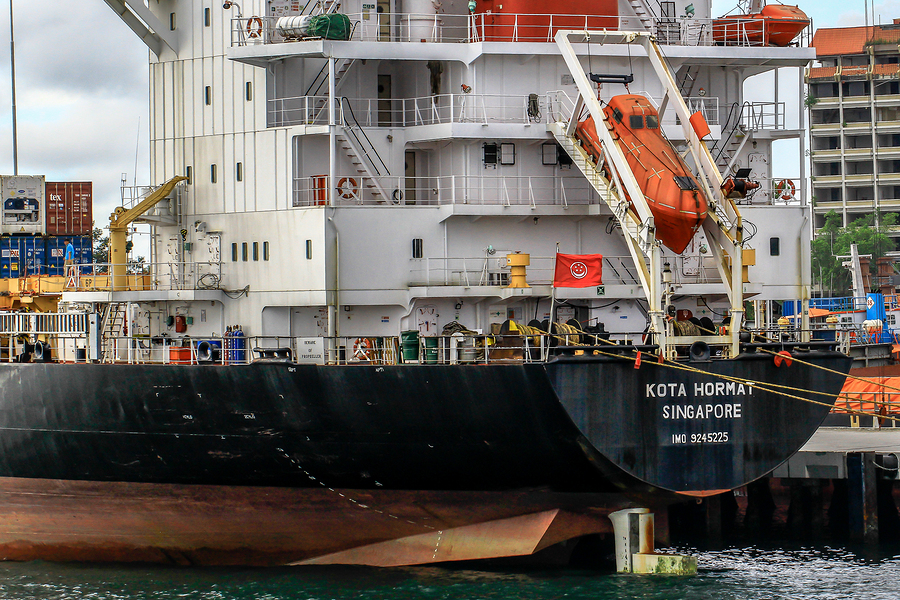PRESS RELEASE: Risk profiling is becoming more important to port state control inspections, says Prevention at Sea (now also calling itself PaSea).
Port State Control inspections are increasingly focusing on the risk profile of the ship under inspection with inspectors singling out the performance of the ship manager and the flag state recognised organisation as major factors to concentrate on.
Petros Achtypis, Chief Executive Officer of Cyprus-based PaSea, said PSC inspectors were changing the way they inspected ships with greater emphasis being placed on a vessel’s risk profile.
Many PSC Memoranda of Understanding were starting to draw direct parallels between the risk profile of the ship and the performance of the ship manager and the RO.
“There is a growing trend to look at ways to identify operational and management risks and detect any pitfalls that could lead to accidents or injury,” he said.
Since risk assessment became part of the ISM Code the shipping industry has viewed risk identification and assessment as a simple process, limited to the use of one matrix – consequence x probability.
“With the technical knowledge in risk assessments currently available, it is proved that the use of one matrix is inadequate. I believe that risks, when identified, should be categorised and a new matrix developed with accurate results helping to calculate the actual risk,” Mr Achtypis stressed.































